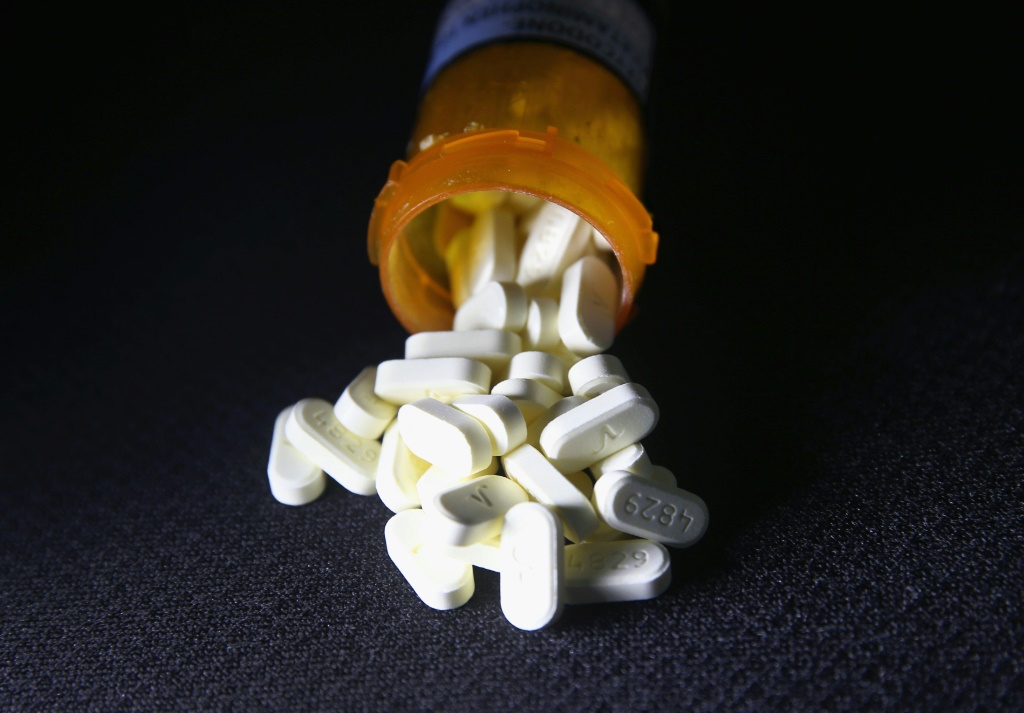Despite all the efforts to hold those responsible for the opioid crisis accountable and to diminish the use of the drug, the epidemic appears to be here to stay. The medical journal the Lancet has estimated that 1.2 million people will die from overdose deaths by 2029, and most of those deaths will result from opioid use if historical trends continue.
Though it is hard to get estimates of exactly how many deaths are due to drug overdoses, the recorded numbers are believed to be higher than what is reported to the authorities. The Centers for Disease Control and Prevention has been tracking the number of overdose deaths, and specifically deaths related to opioids, for years. Since the start of the crisis in 1999, the numbers have steadily risen in an upward trending line.
In 2017, the number of overdose deaths in the U.S. came out to 70,237, of which 47,600 (67%) resulted from opioids. In 2018, the number of overdose deaths dipped slightly to 67,367, and 46,802 (69%) of those were related to opioids. In 2019, the numbers trended slightly upward again. That year, the CDC reported “70,630 drug overdose deaths” with approximately 49,860 (70%) of those deaths being caused by opioids. Then, the pandemic hit, and the recent progress in the fight to end the opioid crisis was shattered.
At the onset of the pandemic, the number of overdose deaths and subsequent deaths related to opioids rose dramatically. The Lancet reported that 100,000 people died because of overdoses in the U.S. in 2020. It estimated that 76,000 (76%) of those deaths directly resulted from opioid use, either over the counter or street-bought.
The 2020 numbers are the highest number of deaths since the opioid crisis started. The National Institutes of Health (NIH) responded to the 2020 numbers by saying it represented “the largest increase ever recorded in a calendar year and reflects a nearly five-fold increase in the rate of overdose deaths since 1999.”
The CDC reported in November 2021 that there were 100,306 drug overdose deaths in the U.S. during a 12-month period ending in April 2021, an increase of 28.5% from the same period the year before. It also said that opioid-related deaths increased to 75,673 in the 12-month period ending in April 2021.
Not all the numbers are in for 2021, so it is not yet possible to create a unified conclusion about what last year looked like for the opioid crisis. Still, COVID-19 lockdowns, while effective at preventing the virus from spreading, have worsened the effects of the opioid epidemic. However, once the pandemic ends, that does not mean the crisis will stop, or that the number of deaths will drop below pre-pandemic levels.
When he ran for office, President Biden proposed a $125 billion investment in combating the opioid crisis. Money helps, but this is clearly not a problem that is solved solely only by money. It is a problem solved by helpful policies with money being directed to the right places.
Governments have already spent a fortune trying to mitigate the effects of the crisis. The problem is that opioids and even addiction treatments are big moneymakers for the healthcare industry, especially big pharma, which impedes progress on the policy front.
An article from NIH, “Lessons from Corporate Influence in the Opioid Epidemic: Toward a Norm of Separation,” argued that “medicine and public health were not always so heavily dependent on corporate funding. The influx of this funding has burgeoned in the last few decades, as corporations increasingly and understandably recognized the opportunities for the promotion of their commercial interests that this affords them.”
“Many proponents of corporate partnerships argue that we cannot afford to tackle the major challenges in public health without industry funding. But the opioid epidemic was fuelled by these very relationships, and it has cost us trillions of dollars. Given the human and financial toll, we simply cannot afford to carry on doing ‘business as usual’ in public health.”
In 2020 and into 2021, the world diverted more focus to combat the COVID-19 pandemic and the opioid crisis fell by the wayside, even though it was still a Biden and Trump administration priority. There are several national and local organizations, federal and local institutions, and multiple programs committed to addressing the opioid crisis, yet year after year, the number of deaths continues to grow.
“Experts feared the pandemic would produce conditions that would further increase overdoses and deaths: economic shock, social isolation and increased mental health distress, and disrupted access to addiction support and medications that require face-to-face visits. Interim reports from government agencies and researchers have suggested these fears were being realized,” wrote David Radley, a senior scientist with the Commonwealth Fund, and Jesse Baumgartner, a research associate with the Commonwealth Fund, in a blog.
Solutions already in place, like Narcan, though a necessary, lifesaving, and widely available drug to healthcare providers, will not mitigate this crisis on its own. It is also pretty clear that making drugs illegal does not stop people from using them, nor is prison an appropriate rehab facility for people struggling with addiction. Although, rehab itself is pricey (depending on the program and length of stay prices can range from $5,000 to $60,000), and not everyone can afford to take time away from their responsibilities to deal with an addiction.
According to an article in the Nation’s Health of the American Public Health Association, citing 2010 data, 65% of the nation’s inmates meet medical criteria for substance abuse and addiction, but just 11% received treatment for their addictions. “…compared to inmates who do not suffer with substance abuse issues, inmates with substance abuse problems are more likely to be incarcerated again…[but] for each inmate who remained sober, employed, and crime-free, the nation would save $91,000 per year,” argued the article.
“States complain mightily about their rising prison costs, yet they continue to hemorrhage public funds that could be saved if they provided treatment to inmates with alcohol and other drug problems,” said the vice president and director of policy research and analysis at the National Center on Addiction and Substance Abuse, Susan E. Foster.
However, supervised injection sites are one thing that federal, state, and local organizations could try to help at least monitor those who are using. The stigma surrounding drug use as a personal failing or criminal offense has prevented state or local organizations from making injection sites widely available. There is little evidence-based support for supervised injection sites, a method that could help mitigate the opioid crisis, because of that stigma.
While the overall effectiveness of supervised injection sites is not well documented, in January, the supervised injection sites in New York City claimed to have prevented 114 overdoses with approximately 585 visitors so far.
“For people who inject drugs, supervised injection facilities may reduce the risk of overdose morbidity and mortality and improve access to care while not increasing crime or public nuisance to the surrounding community,” a review of studies done by the National Library of Medicine of the National Center of Biotechnical Information concluded.
More widely available, even free therapy to those struggling with drug use could help lead people out of addiction and prevent them from going down that path in the first place if professionals identify a problem or family history of addiction. Often the reason people go to opioids is not just because of physical pain, but because of trauma.
“Behavioral approaches help engage people in drug abuse treatment, provide incentives for them to remain abstinent, modify their attitudes and behaviors related to drug abuse, and increase their life skills to handle stressful circumstances and environmental cues that may trigger intense craving for drugs and prompt another cycle of compulsive abuse,” according to the National Institute of Drug Abuse of the NIH.
In addition, alternative pain relief solutions could help people that are suffering. “There are a lot of medications available for pain control that are not opioids,” said Dr. Roy Soto, member of the Michigan Prescription Drug and Opioid Abuse Commission and president of the Michigan Society of Anesthesiologists.
Decriminalizing marijuana has also been suggested. “If cannabis is found to be effective in reducing non-cancer chronic pain, it could serve as a viable substitute for prescription opioids, thus mitigating the opioid epidemic,” a review of studiesconducted by the NBCI found.
It is estimated that the rising level of opioid deaths will continue to drive drug overdose deaths in the U.S. unless action is taken to reduce the numbers from the COVID-19 pandemic-driven levels of 2020 and 2021.















